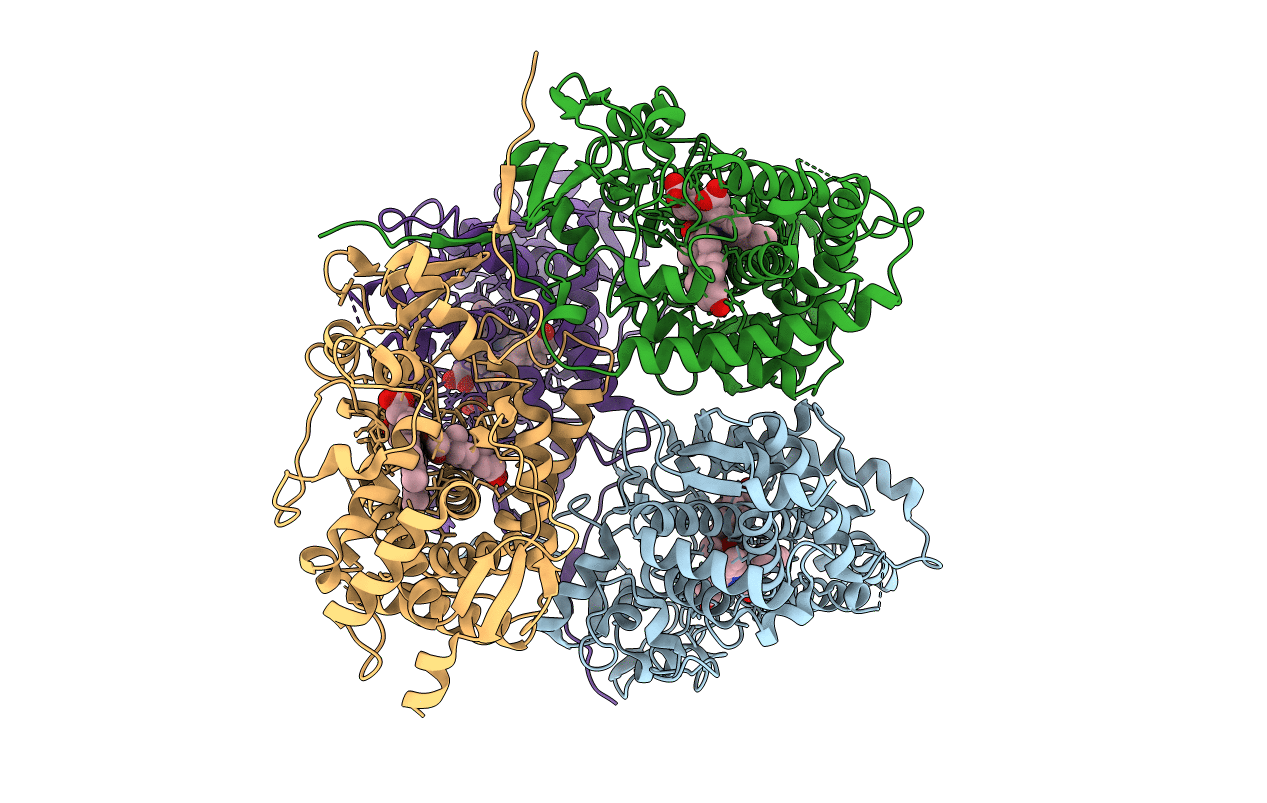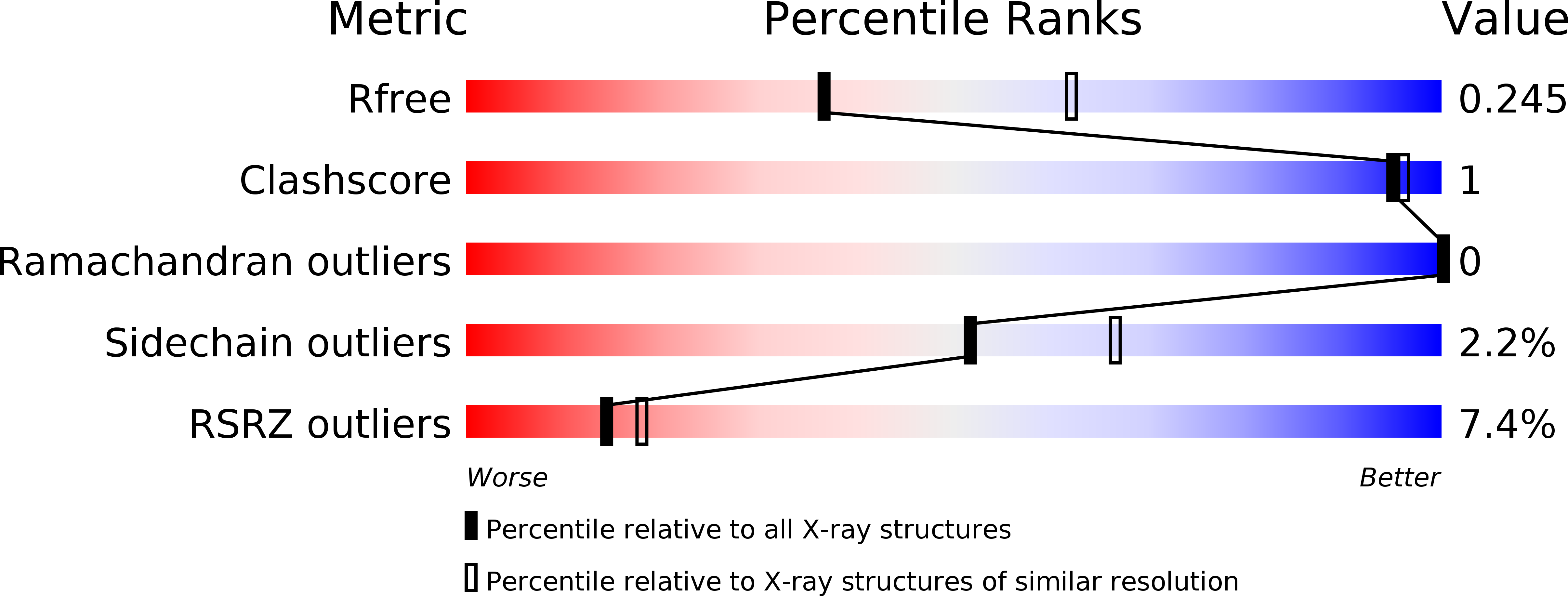
Deposition Date
2013-11-13
Release Date
2014-10-22
Last Version Date
2023-09-20
Entry Detail
PDB ID:
4NKY
Keywords:
Title:
Human steroidogenic cytochrome P450 17A1 mutant A105L with substrate 17alpha-hydroxyprogesterone
Biological Source:
Source Organism:
Homo sapiens (Taxon ID: 9606)
Host Organism:
Method Details:
Experimental Method:
Resolution:
2.55 Å
R-Value Free:
0.24
R-Value Work:
0.17
R-Value Observed:
0.18
Space Group:
P 21 21 21


